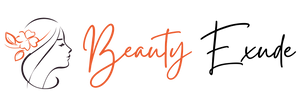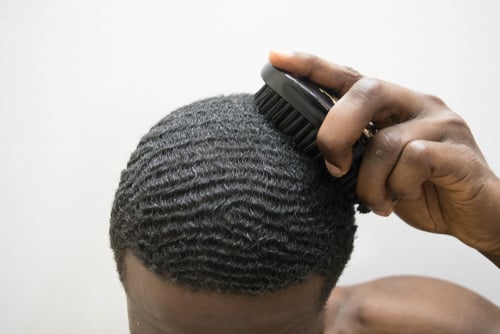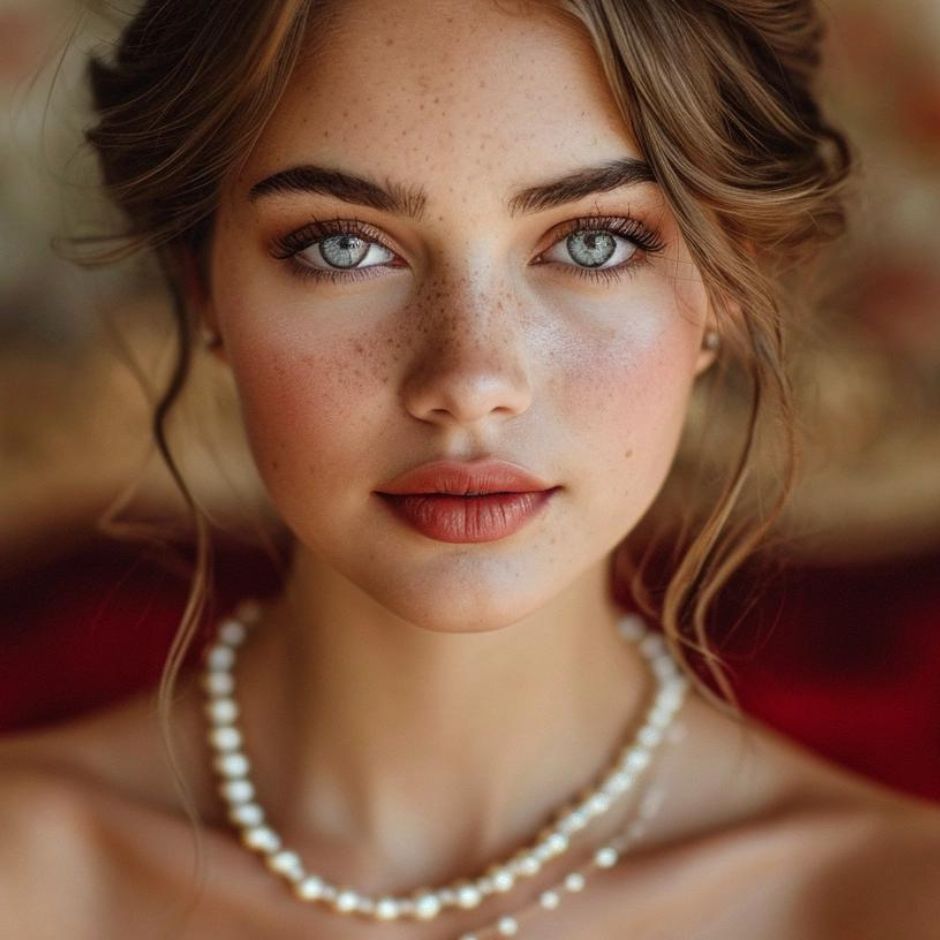If you want to try out 360 waves or even 180 waves, you don’t need to have curly hair. Here’s how you can get waves with straight hair easily.
Waves are a type of hairstyle popular among African Americans, typically worn by men with curly, type 4 hair textures.
These waves are more defined in coarse, kinky textures like type 4B and 4C hair. However, with a little effort, you can achieve waves with straight hair as well.
You’ll need specific products and styling tools, and the process becomes much easier if your hair already has a slight natural wave.
But if it doesn’t, that’s okay, here’s how to get waves with straight hair.
How to get Waves with Straight Hair
Determine Your Hair Texture
The first thing you need to do to get waves with straight hair is to check if your strands are really straight in the first place.
Some people actually have wavy or even curly hair, they’ve just mistaken it for being straight. Frizz is a huge giveaway!
The best thing you can do is grow out your hair 1-2 inches. If they fall perfectly straight without frizzing, you have type 1a hair textures.

Here's how you can identify other hair textures based on the Andre Walker Hair Typing System:
Type 2a – This hair texture is straight normally but can appear wavy after air drying. Even then, it only waves at the ends.
Type 2b – This hair is more wavy all over. It’s also prone to being frizzy. But the roots fall flat.
Type 2c – Wavy all over, even at the roots.
Type 3a – Has an s-shape to it. It’s the easiest type to create waves on.
Don’t worry if your hair falls in the type 1 or 2 category. If you want to get waves with straight hair, it’s still possible. But it will take some time and effort.
Grow Out Your Hair
The first thing you need to do in order to get waves with straight hair is to grow them out. Wave patterns, whether they are 360, 180, or 720 waves won’t show up on short hair.

You need to determine your curl length as well. This means your hair will shrink by an inch or two in length when you make them wavy or curly. You need to account for this change.
This is different for each person. It depends on how wavy your hair gets and how coarse your hair texture is.
Invest In A Hair Brush
The next thing you need to get waves with straight hair (or any hair texture for that matter) is a good hair brush.
I really suggest investing in a high-quality natural bristle brush that will last you a long time. This is not the time to skimp on the price.

When buying hairbrushes for creating waves with straight hair, remember the following points:
- Go for a natural bristle brush such as boar bristle. These do not hurt your hair follicles like plastic or nylon bristles and help distribute natural oils on your scalp.
- Pick a soft or medium brush over a hard one. Hard brushes are great for type 4 hair with an established wave pattern. Soft ones are better for creating new waves.
- Get a small rounded brush that fits comfortably in your hand. You'll be spending a lot of time brushing, so make sure it has an ergonomic handle.
Prep With A Cream

Straight hair doesn't need as many moisturizers as African American hair textures or even type 3 hair does.
But prepping your hair with a styling cream before brushing can help give dimension to your waves.
Choose a styling cream that is hydrating but not heavy. Pick one with a strong hold to help straight hair fall into place.
You can apply this cream straight out of the shower after air drying your locks a bit.
Brush, Brush, and Brush Some More

The key to getting waves with straight hair is brushing. A lot. Multiple times a day.
I suggest brushing while listening to a podcast or watching Netflix — helps kill time and keeps you consistent.
Here's how to brush your hair to get waves on straight hair:
- Brush forward from the crown towards your forehead for 50 strokes.
- Brush from your crown towards the nape of your neck at least 50 times.
- Brush the sides 50 times, angling the brush towards your chin, not cheekbones.
If you have difficulty brushing the back, use a mirror. The more you brush, the more wave patterns form. You can also brush while wet in the shower, but dry your brush afterwards (or keep a separate shower brush).
It's very important to brush your hair at the same angle every time. Don’t miss sections — even coverage makes your waves defined.
Wear A Durag

All that brushing will be for nothing if your hair gets messed up while sleeping. Invest in a durag.
A durag protects your brushwork. It’s usually made of silk, satin, or velvet, which don’t absorb moisture.
It also prevents dryness and tangles from pillow friction.
Maintain your Waves
Getting waves with straight hair is tricky. Any slacking off can ruin your efforts completely.
If you want waves, you need to maintain them too.
Here are key tips:
Don't forget brushing: Skip brushing for a day and your waves can vanish. Consistency is everything.

Get your waves trimmed regularly: Waves don’t show well on very short or very long hair. Get trims every 2-4 weeks from a stylist experienced with waves.
Avoid touching your hair: Don’t run your hands through it once waves are forming. If you must scratch, rub in the same direction you brush.
Tie your durag properly: Always use silk or satin. Keep the seam on the outside to avoid impressions. Don’t tie too tight. Use a headband if needed. Wash it regularly to avoid dandruff.

Don't wash hair often: Shampooing too much dries out hair and disrupts wave patterns. Limit to 1-2 times a week.
Use a curl-enhancing shampoo to add texture, or try dry shampoo/co-wash in between.
Make sure products are sulfate- and silicone-free to avoid dryness and buildup.
Straight hair can be difficult to get into waves, but it's not impossible. With patience, you can get 360 waves and other styles on straight hair.
I hope this guide on how to get waves with straight hair helped.





